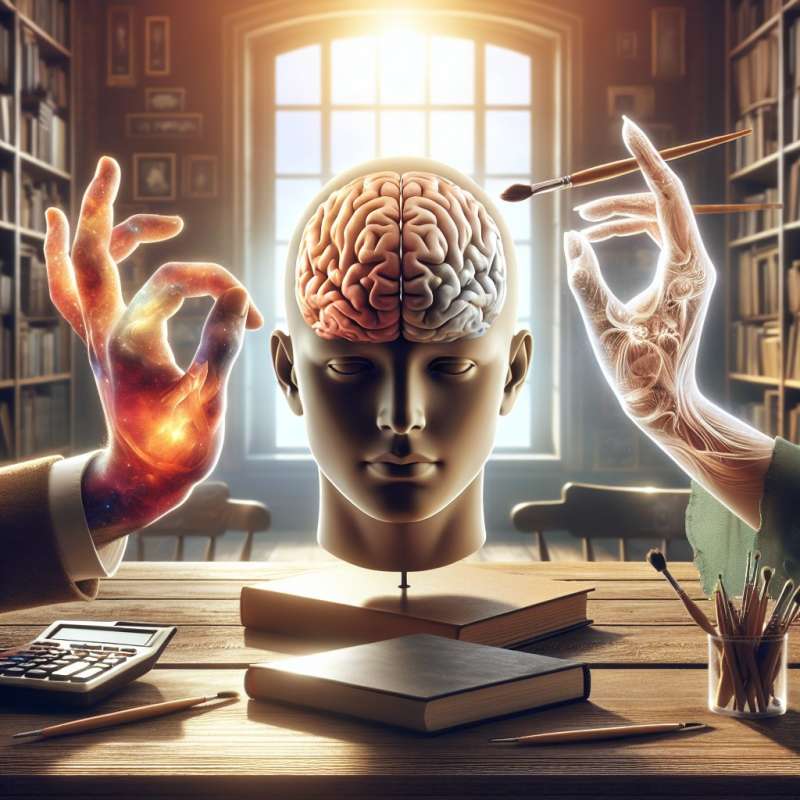
Defining Ambidexterity
Ambidexterity is the ability to use both the right and left hand equally well. Only about 1% of the population is naturally ambidextrous, demonstrating proficiency in fine motor skills with either hand.
Brain Hemispheres and Ambidexterity
Ambidextrous individuals have a more symmetrical brain that may facilitate their skill. This symmetry can lead to the less typical lateralization of functions usually seen in right or left-handed people.
Ambidexterity In History
Historically, ambidexterity was sometimes cultivated. Notable ambidextrous individuals include Leonardo da Vinci, who could write with one hand while painting with the other.
Ambidexterity and Cognition
Studies suggest ambidextrous individuals might have a cognitive advantage in divergent thinking, which is associated with creativity and problem-solving abilities.
Training for Ambidexterity
While most people are not born ambidextrous, it's possible to train oneself for improved skill in the non-dominant hand, enhancing neural plasticity and possibly even creativity.
Ambidexterity in Sports
In sports, being ambidextrous can provide a competitive edge. Athletes like cricket bowlers or basketball players often train to improve their skills with both hands.
Ambidexterity Myths
Contrary to popular belief, being ambidextrous doesn't always correlate with being more intelligent or talented. It's a unique trait with advantages and disadvantages, just like being right or left-handed.
What percentage is naturally ambidextrous?
About 10% of people
Roughly 1% of population
Nearly 5% of individuals
Company